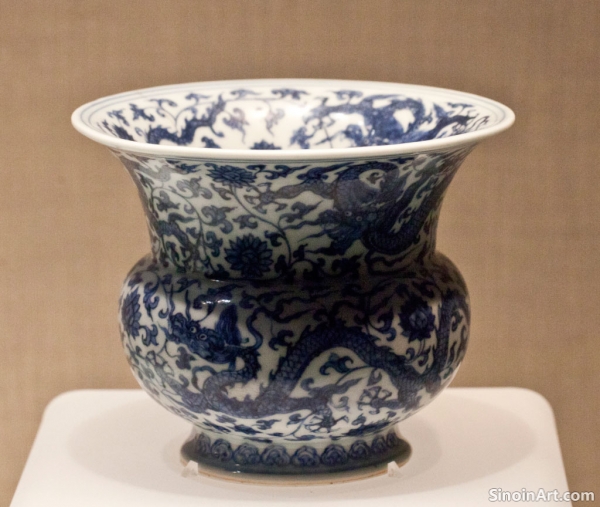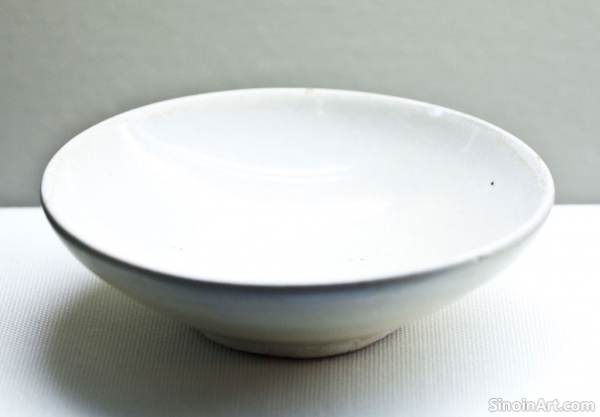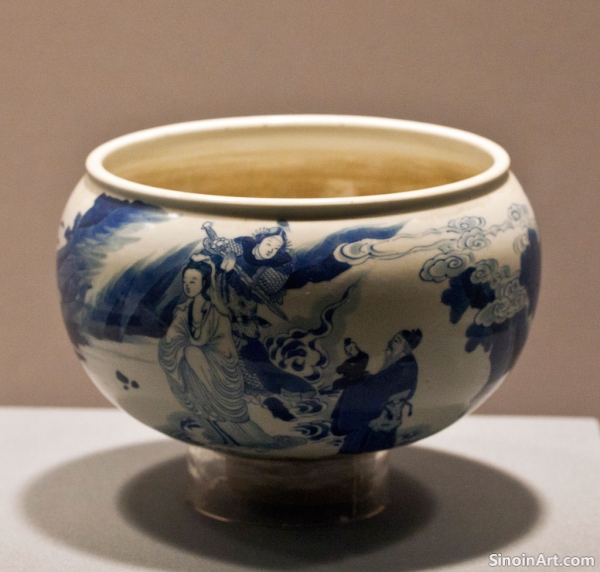Yuan Ceramics and the Influence of the Southern Song Dynasty
|
Although the Yuan Dynasty conquered the Southern Song, the artistic traditions and ceramic techniques of the Southern Song had a lingering influence on the production of Yuan ceramics, and some Song styles, forms and techniques were adapted and incorporated into Yuan period pottery production.  Yuan potters drew inspiration from Southern Song ceramics, particularly in the refined forms of celadon wares and the elegant designs of monochrome porcelain, and the influence of Song artistry is clear in many of the pieces produced during the Yuan.  The techniques for producing celadon, white ware, and other types of ceramics, developed during the Southern Song, continued to be used and adapted during the Yuan, which demonstrated that the techniques and aesthetics developed during the Southern Song still remained culturally relevant after the conquest of the dynasty.  The legacy of the Southern Song can be seen in the continuity of certain ceramic forms and decorative motifs, even amidst the new styles that emerged during the Yuan Dynasty, and these pieces demonstrate that artistic traditions often continue to develop over a period of time, and are often influenced by previous iterations of similar styles and forms. The influence of the Southern Song Dynasty on Yuan ceramics highlights the ways in which artistic traditions evolve and adapt over time. |
Tag : Yuan Southern Song, Chinese ceramic history, ancient influence, pottery techniques, dynastic transition
Related information
- The Use of Molded and Applied Decoration on Yuan Dynasty Porcelain
- The Ethical Considerations in Collecting Yuan Dynasty Porcelain
- Yuan Dynasty Porcelain as a Reflection of Mongol Rule and Identity
- Yuan Dynasty Porcelain and its Influence on Japanese Ceramics
- Yuan Ceramics and the Continuing Evolution of Porcelain
This article explores the use of molded and applied decoration in Yuan Dynasty porcelain, highlighting how these techniques added texture and visual interest to pieces, showcasing the versatility of Yuan ceramics beyond underglaze painting.
This article emphasizes the ethical considerations in collecting Yuan Dynasty porcelain, focusing on issues of provenance, legality, the protection of cultural heritage, and the importance of supporting responsible dealers and conservation efforts.
This article analyzes Yuan Dynasty porcelain as a reflection of Mongol rule and identity, exploring how the blending of Chinese and Mongol cultural elements shaped the forms, designs, and decorative motifs of the era.
This article examines the significant influence of Yuan Dynasty porcelain on Japanese ceramics, particularly during the Muromachi period, focusing on its impact on the tea ceremony and local porcelain production.
The Yuan Dynasty was a period of continued evolution in the development of porcelain, with potters making advancements in the use of materials, glaze formulations, and firing techniques. The Yuan period laid the groundwork for the eventual innovations of the Ming and Qing eras, and it shows the continued development of pottery traditions that had been developed over centuries in China.